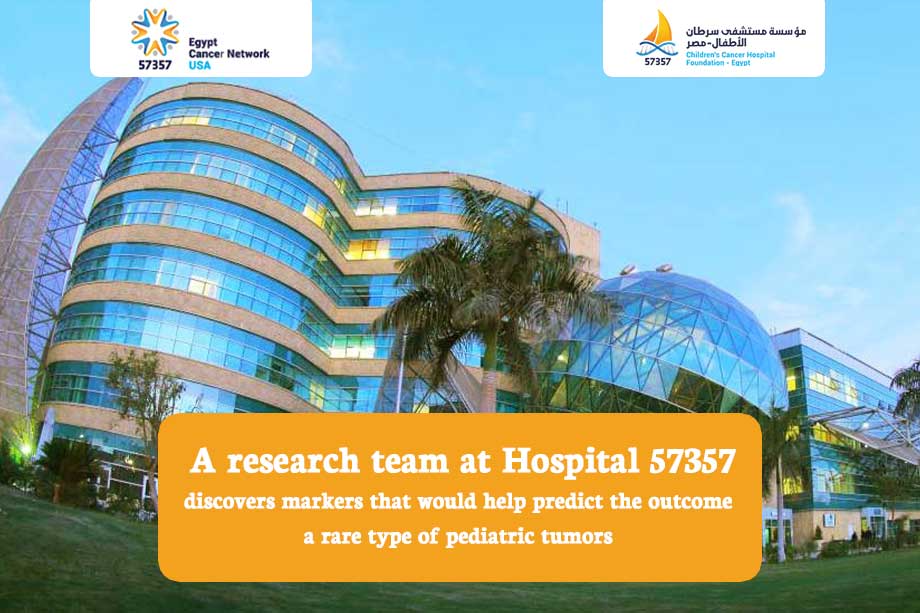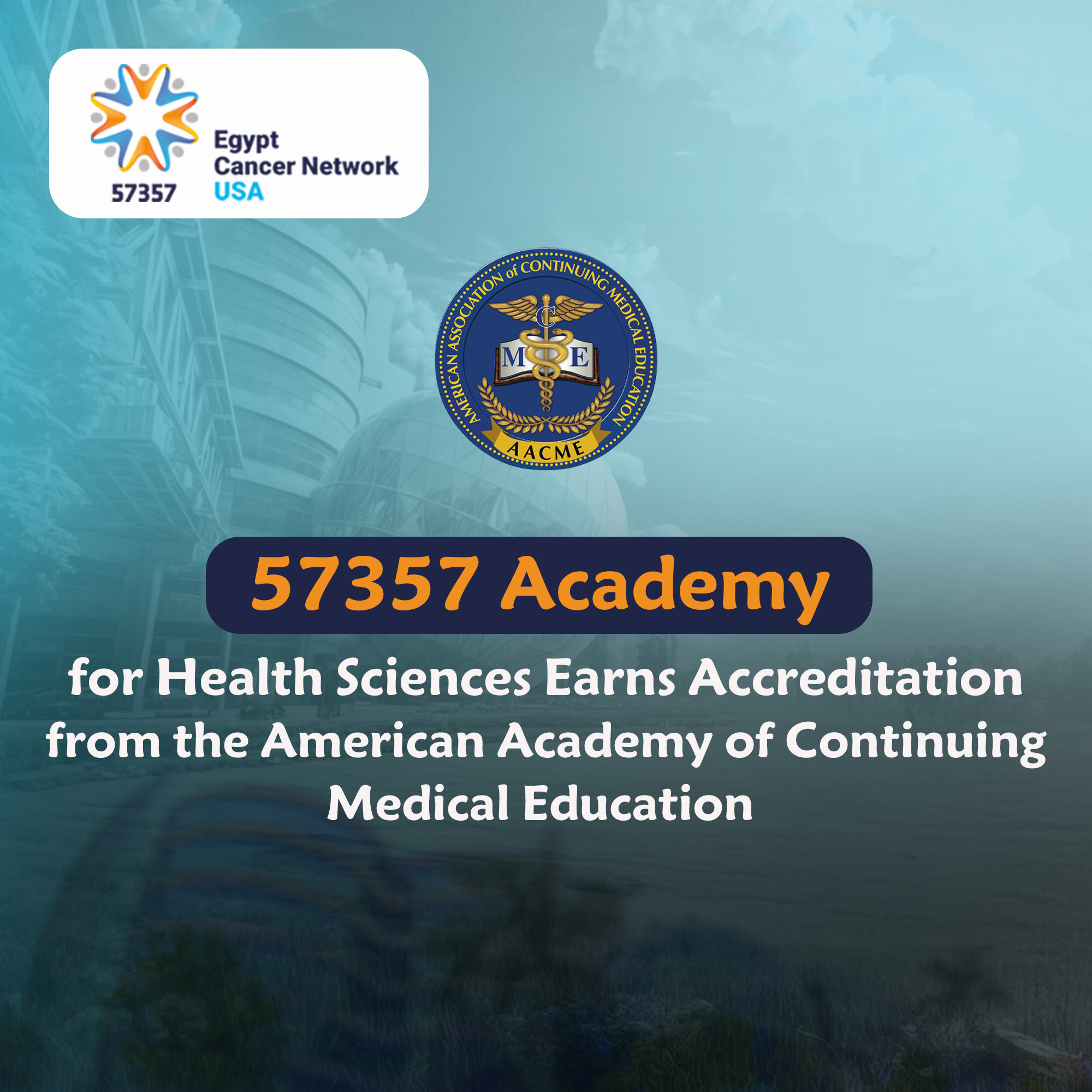The study opens the door to develop a targeted therapy for this disorder Within the framework of Hospital 57357’s pursuit to link research to clinical reality and concerns and its efforts to find solutions to improve survival rates, a research team discovered new agents that would help predict the development of a rare type of tumor, DF, Desmoid-type fibromatosis. This type of tumor is noncancerous and occurs in the connective tissue, but is extremely aggressive with its location of growth and is thus associated high rates of morbidity, most often in the abdomen, arms and legs, and warrants similar treatment pathway to cancerous tumors The study through which researchers could identify some indicators or markers that help understand this tumor’s behavior was published this month in the journal Acta Oncologica (impact factor 4.31) . This type of tumor didn’t have markers before to help determine its expected progression, and accordingly guide strategy of therapy. DF is a confusing tumor in terms of its evolution, as the tumor would recur after surgical or chemotherapy treatment in some cases, while in others, it would heal without treatment, for no clear reason either for its recurrence or its healing, reveals Dr. Mohamed Eid Abdel Rehim, pediatric oncology professor. Hence, we have submitted this concern to our research team who pursued to explain the tumor behavior, search for markers for this tumor, and discover the mystery behind its evolution. Through the study, micro RNA were analyzed in 40 patients of this type of tumor, revealed Dr. Hend Alshakankiry. The results showed genetic differences in the micro RNA between children who suffered a relapse and those who did not. According to Dr. Abdel Rehim, the importance of this study lies in its reliability for early prediction of relapse in cases where recurrence is possible, which helps taking the decision of chemotherapy administration from the beginning. This study opens the door in the future for discovering a targeted treatment and help treatment decisions with currently accessible therapies.
.
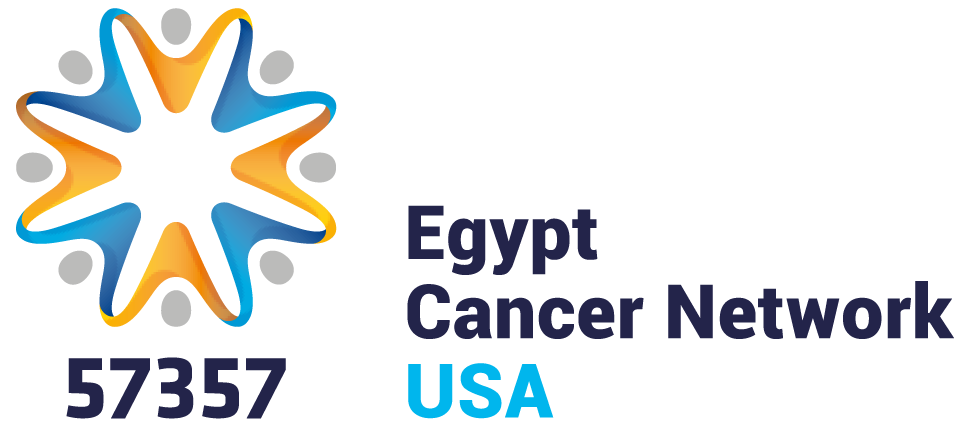
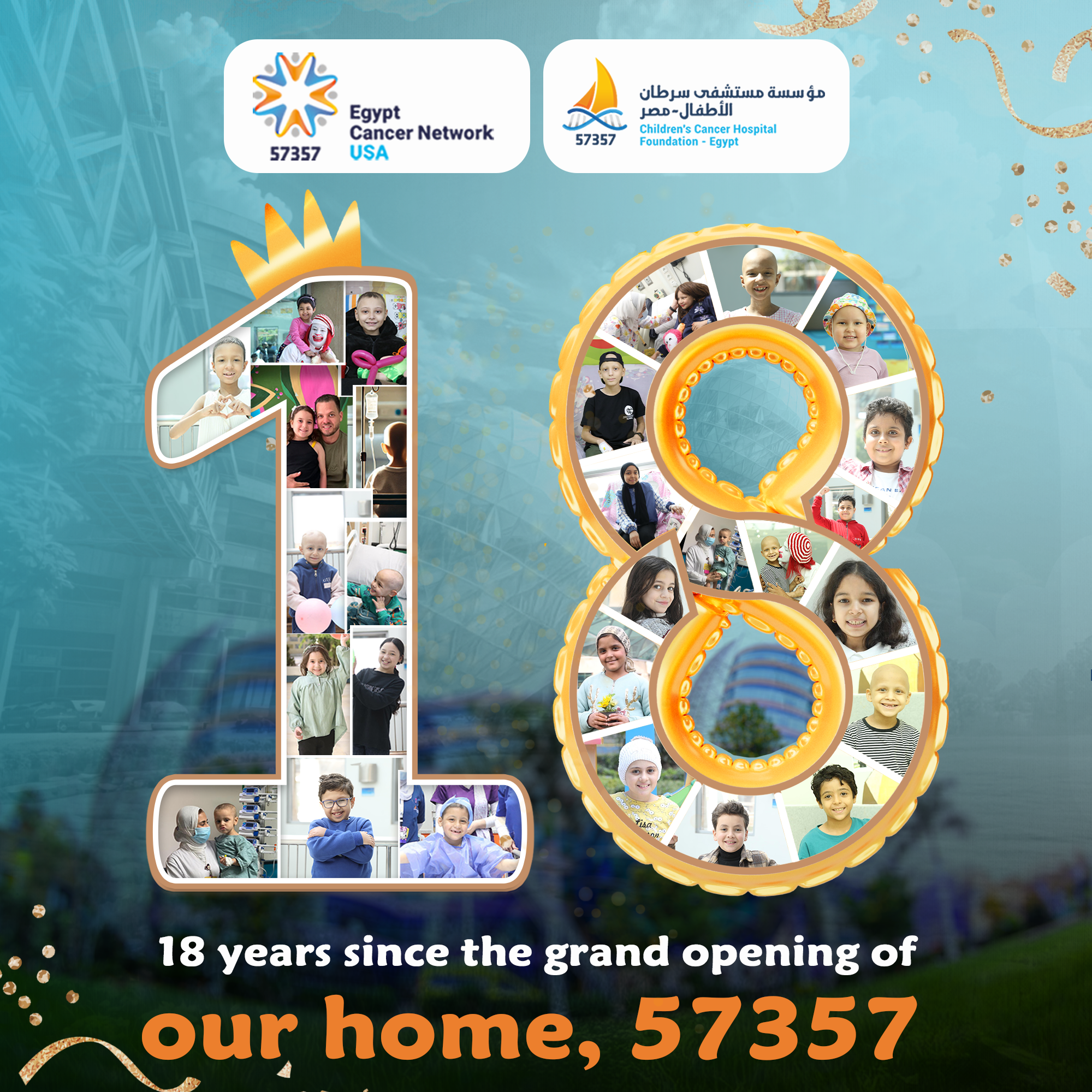
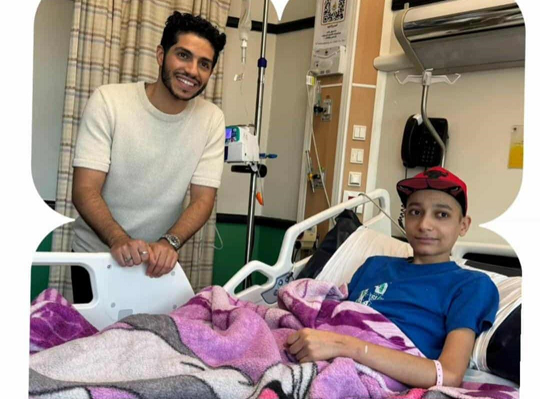
 Donate Now
Donate Now